Wetherspoons is on the upper level of ‘Victoria Island’ – self-contained shops on the station’s ‘Brighton side’. The station was opened in 1860 by the London, Brighton and South Coast Railway. Designed by Robert Jacomb-Hood, it stood alongside the new Grosvenor Hotel (now Thistle Victoria). In 1862, the London, Chatham and Dover Railway (later South Eastern and Chatham Railway) opened its terminus alongside, on the station’s ‘Kent side’, using broad-gauge, rather than standard, tracks.
Framed photographs and text about Victoria Station.
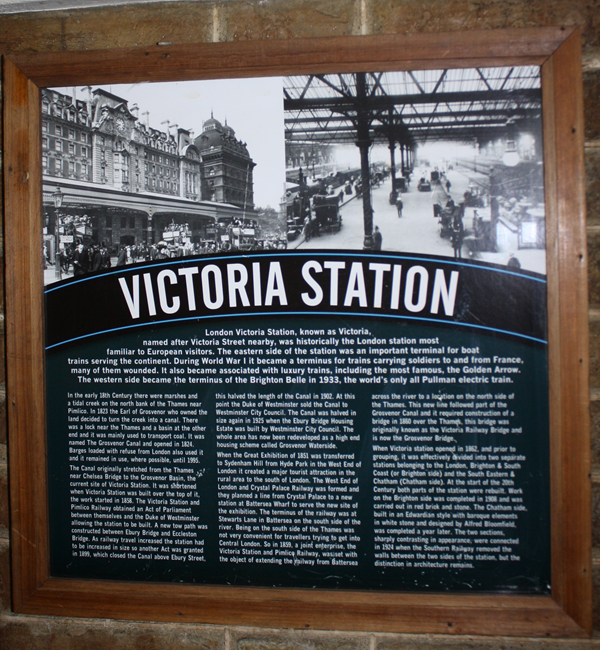
The text reads: London Victoria Station, known as Victoria, named after Victoria Street nearby, was historically the London station most familiar to European visitors. The eastern side of the station was an important terminal for boat trains serving the continent. During World War I it became a terminus for trains carrying soldiers to and from France, many of them wounded. It also became associated with luxury trains, including the most famous, The Golden Arrow. The western side became the terminus of the Brighton Belle in 1933, the world's only all Pullman electric train.
In the early 18th Century there were marshes and a tidal creek on the north bank of the Thames near Pimlico. In 1823 the Earl of Grosvenor who owned the land decided to turn the creek into a canal. There was a lock near the Thames and a basin at the other end and it was mainly used to transport coal. It was named The Grosvenor Canal and opened in 1824. Barges loaded with refuse from London also used it and it remained in use, where possible, until 1995.
The Canal originally stretched from the Thames near Chelsea Bridge to the Grosvenor Basin, the current site of Victoria Station. It was shortened when Victoria Station was built over the top of it, the work started in 1858. The Victoria Station and
Pimlico Railway obtained an Act of Parliament between themselves and the Duke of Westminster allowing the station to be built. A new tow path was constructed between Ebury Bridge and Eccleston
Bridge. As railway travel increased the station had
to be increased in size so another Act was granted
in 1899, which closed the Canal above Ebury Street, this halved the length of the Canal in 1902. At this point the Duke of Westminster sold the Canal to
Westminster City Council. The Canal was halved in size again in 1925 when the Ebury Bridge Housing Estate was built by Westminster City Council. The whole area has now been redeveloped as a high end
housing scheme called Grosvenor Waterside. When the Great Exhibition of 1851 was transferred to Sydenham Hill from Hyde Park in the West End of London it created a major tourist attraction in the rural area to the south of London. The West End of London and Crystal Palace Railway was formed and they planned a line from Crystal Palace to a new station at Battersea Wharf to serve the new site of the exhibition. The terminus of the railway was at Stewarts Lane in Battersea on the south side of the river. Being on the south side of the Thames was not very convenient tor travellers trying to get into Central London. So in 1859, a joint enterprise, the Victoria Station and Pimlico Railway, was set with the object of extending the railway from Battersea across the river to a location on the north side of the Thames. This new line followed part of the Grosvenor Canal and it required construction of a bridge in 1860 over the Thames, this bridge was originally known as the Victoria Railway Bridge and is now the Grosvenor Bridge.
When Victoria station opened in 1862, and prior to grouping, it was effectively divided into two separate stations belonging to the London, Brighton & South Coast (or Brighton side) and the South Eastern & Chatham (Chatham Side). At the start of the 20th Century both parts of the station were rebuilt. Work on the Brighton side was completed in 1908 and was carried out in red brick and stone. The Chatham side, built in an Edwardian style with baroque elements in white stone and designed by Alfred Bloomsfield, was completed a year later. The two sections, sharply contrasting in appearance, were connected in 1924 when the Southern Railway removed the walls between the two sides of the station, but the distinction in architecture remains.
A famous quote from Oscar Wilde.
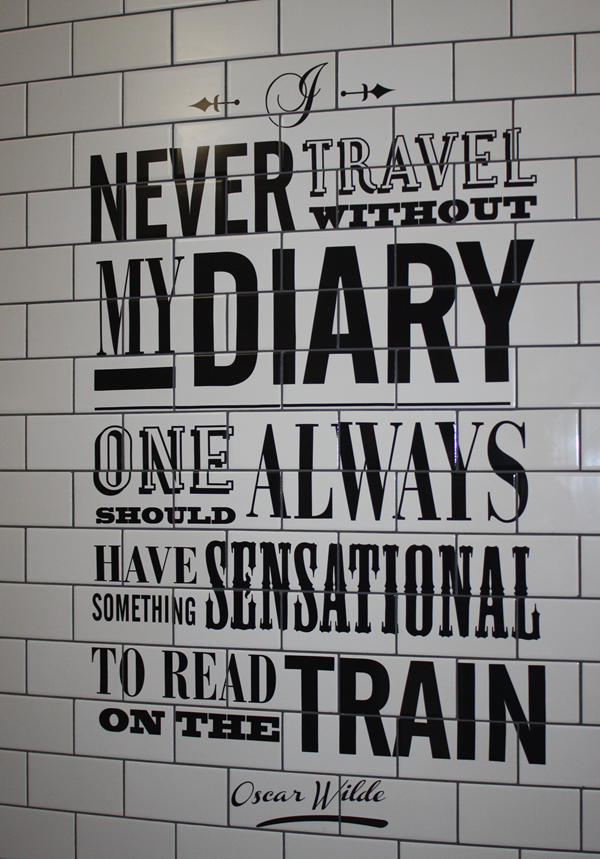
Wall art remembering the famous train the Golden Arrow.
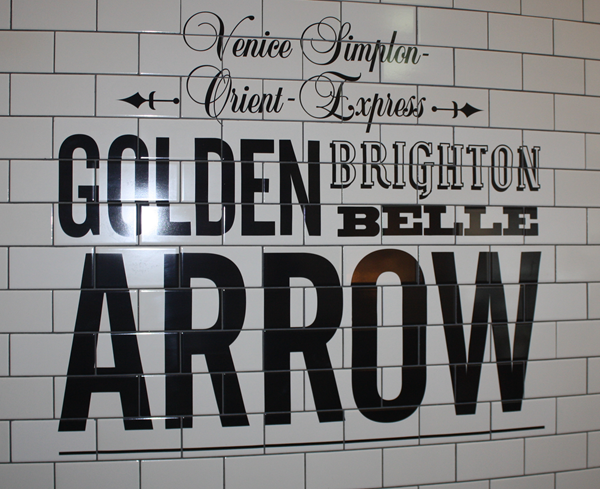
Framed modern art entitled Victoria Station 2013, by Lizzie Watson.
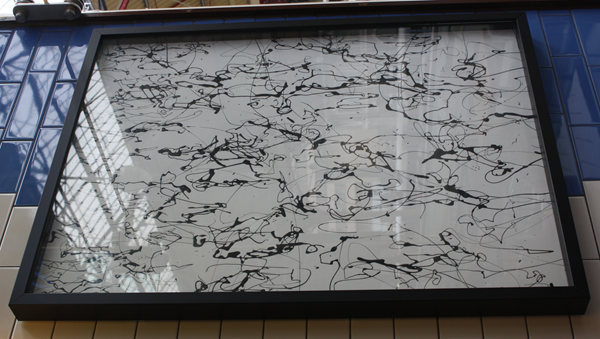
"As a self taught London based artist, I have developed a unique style of action in my paintings. Fluid and automatic in construction, the 'drizzle' paintings respond to an instinctive calligraphic process. Using chopsticks I drizzle a fine elastic medium of glue and acrylic onto paper on the floor where gestural lines are built up without the tool ever touching the surface. The figurative practice draws on the interconnectivity of the human form in its environment: from contemporary portraiture to crowd scenes”.
External photograph of the building – main entrance.
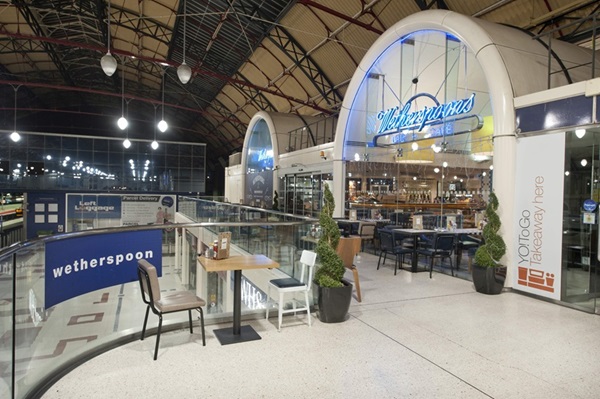
If you have information on the history of this pub, then we’d like you to share it with us. Please e-mail all information to: pubhistories@jdwetherspoon.co.uk